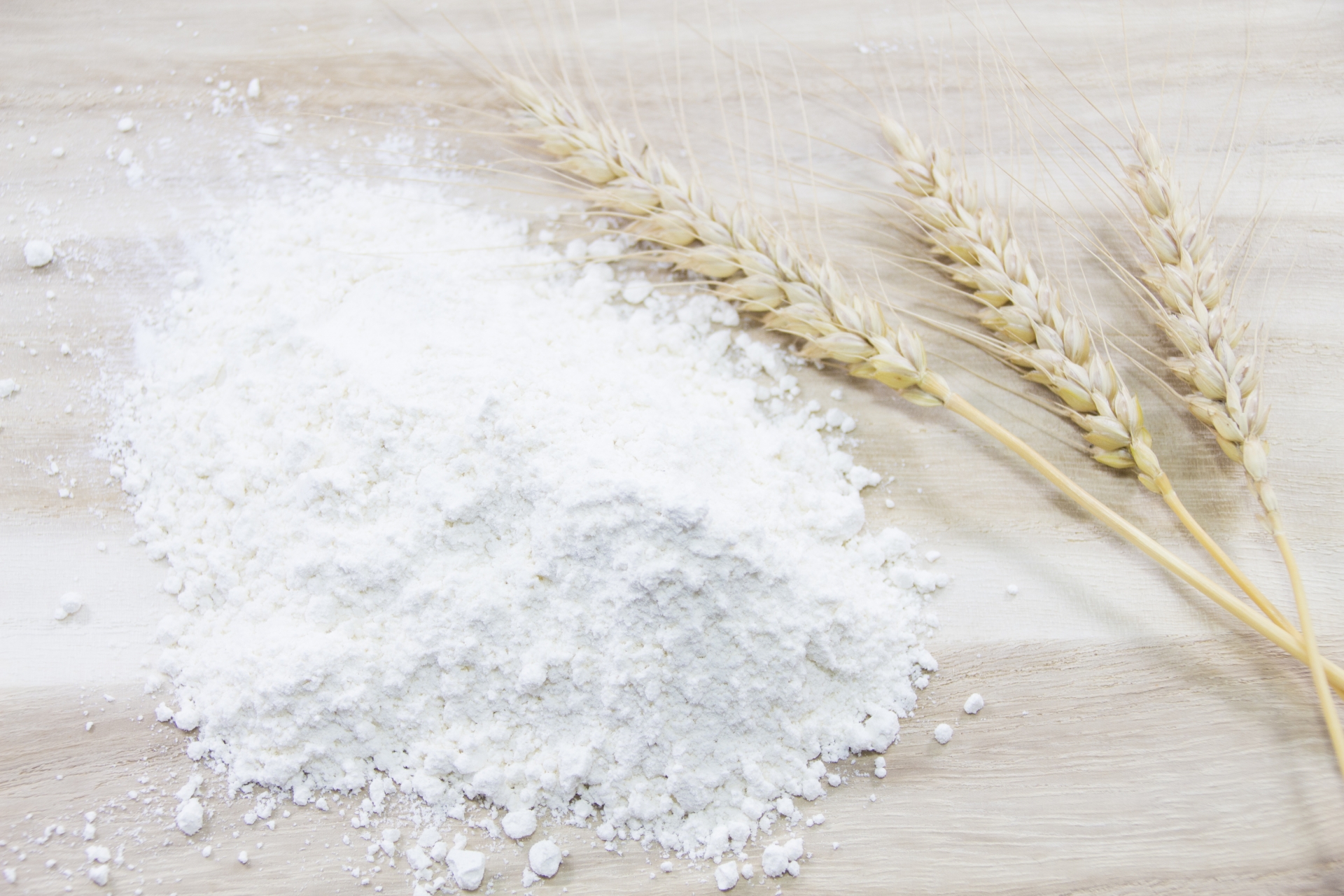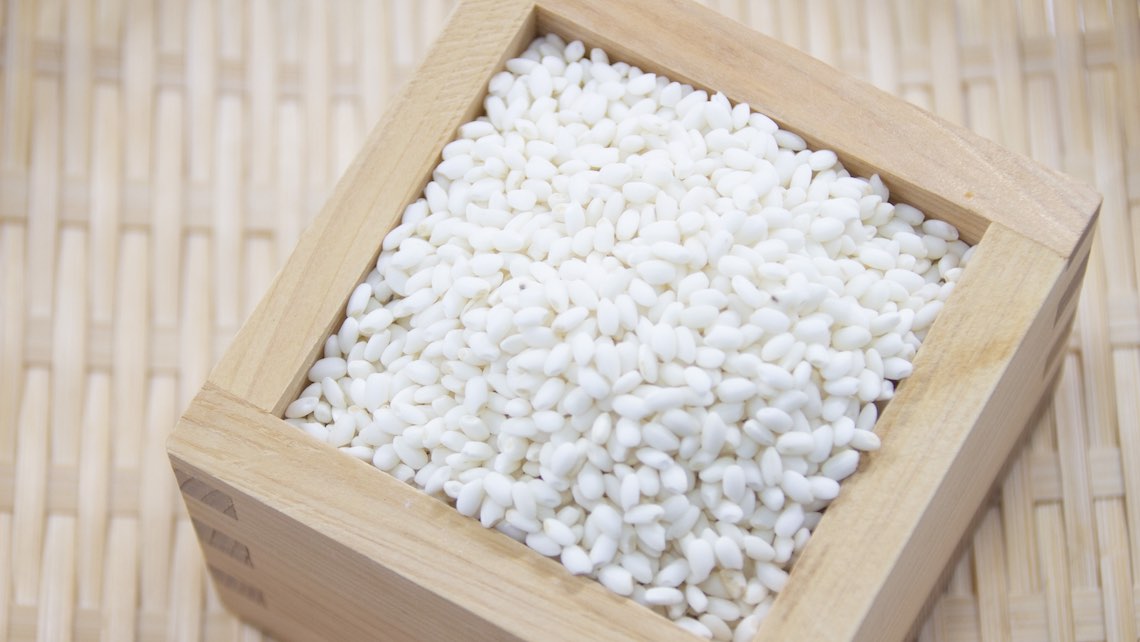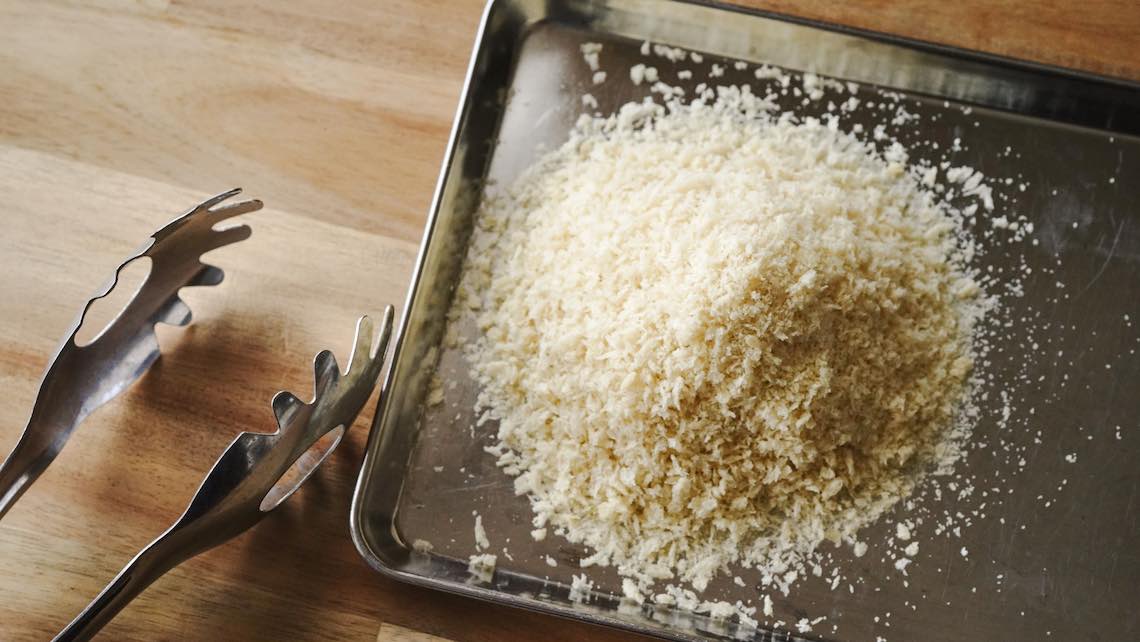Wheat Flour [Komugiko]

Japanese Name and Pronunciation:

[komugiko]
In Japanese cuisine, “komugiko” or wheat flour plays a crucial role as a fundamental ingredient. Here are some key points about wheat flour in Japanese cooking:
Noodles: Wheat flour is used to make various types of noodles, including udon, ramen, and soba. These noodles have different textures and flavors, ranging from thick and chewy udon noodles to thin and delicate soba noodles.
Tempura: Wheat flour is an essential component of tempura batter. Tempura is a popular dish where ingredients such as seafood and vegetables are coated in a light and crispy batter and deep-fried to perfection.
Panko: Wheat flour is used to make panko, a type of Japanese breadcrumb. Panko has a distinctively light and crispy texture, making it ideal for coating and frying foods such as tonkatsu (breaded pork cutlet) and ebi fry (breaded shrimp).
Dumplings: Wheat flour is used to make the dough for dumplings like gyoza. The dough is typically rolled out and filled with a mixture of meat, vegetables, and seasonings before being pan-fried or steamed.
Bread and Bakery Items: Wheat flour is used in the production of various bread and bakery items in Japan. From soft white bread to sweet pastries and savory buns, wheat flour forms the base for a wide range of baked goods enjoyed in Japan.
Thickening Agent: Wheat flour is often used as a thickening agent in Japanese sauces, stews, and soups. It helps to create a smooth and velvety texture in dishes like curry and various Japanese-style gravies.
Wheat flour’s versatility and wide range of applications make it an essential ingredient in Japanese cuisine. Its ability to create different textures, from chewy noodles to crispy coatings, contributes to the diverse flavors and culinary experiences found in Japanese dishes.






